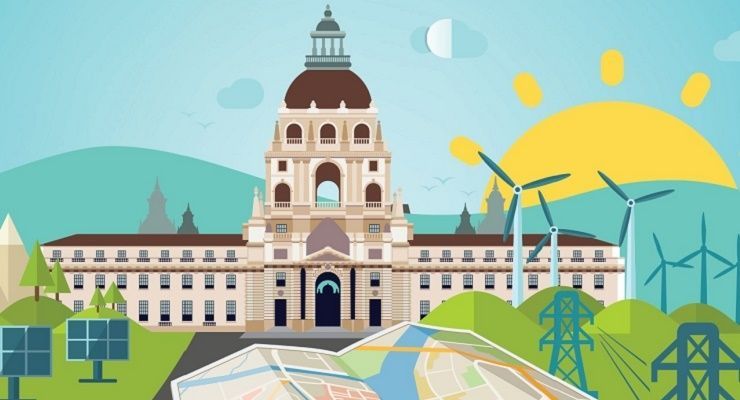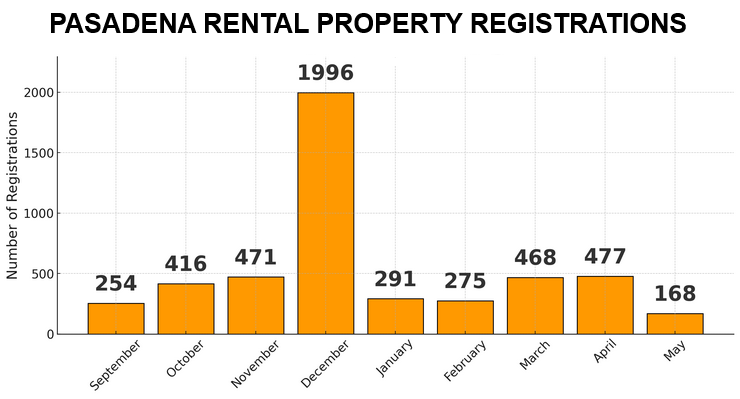
The City of Pasadena’s effort to transition to a 100% carbon-free energy portfolio made significant strides, according to the latest update on the Optimized Strategic Plan (OSP) that was to be presented to the Municipal Services Committee on Tuesday.
The OSP aims to provide a comprehensive roadmap to help the City meet its sustainability goals outlined in Resolution 9977.
This effort builds on previous planning efforts and incorporates both updated and new analyses to develop optimized energy portfolios that prioritize local reliability and environmental responsibility.
“Sourcing 100% of Pasadena’s electricity from carbon free sources while optimizing affordability rate equity, stability and reliability is more urgent than ever as climate change fuels extreme weather and wildfires—protecting both our planet and our communities depends on it,” Chair Justin Jones told Pasadena Now. “Just within the past few years we’ve seen some serious unusual events.”
Jones pointed out that from 2022 to 2024, Los Angeles experienced a two-year rain total not seen since the drought in the 1800s, leading to an accumulation of vegetation, which was followed by a record-breaking heat wave in summer 2024, which dried out the vegetation.
“Our rain season was delayed and we experienced strong dry winds and then a high intensity rain event after an urban wildfire causing mudslides. It’s important Pasadena continues to be a leader and act.”
Local activists have called on the City to move to carbon-free electricity by 2030.
“Climate action is a top priority for me — and should be for us all — and we need our electricity to be carbon free by 2030,” said Harman Smith in correspondence to the committee.
Energy and Environmental Economics, Inc. (E3), the consultant leading the project, has completed the first phase of the OSP, known as the preparatory studies. These studies identified potential supply-side and demand-side resource options critical to Pasadena’s clean energy transition.
In addition, E3 has already launched the second phase, focused on portfolio development. This phase will explore different resource combinations to determine the best strategies for meeting Pasadena Water and Power’s (PWP) future energy needs.
Key ongoing studies within the OSP include a demand response and flex loads potential study, an analysis of transmission expansion options and the Glenarm conversion and replacement study.
The portfolio development phase will use advanced power system modeling to create multiple case studies that meet Pasadena’s clean energy goals while ensuring reliability, particularly during peak loads, extreme weather events, and potential transmission failures.
As part of this, E3 is also analyzing options for converting or replacing the Glenarm Power Plant, ensuring the City maintains a reliable supply of local energy resources.
Public engagement remains a priority for the OSP. Since the project’s last update in September, E3 has hosted a series of community and stakeholder meetings to gather feedback and provide updates on the development of various energy portfolios.
These discussions included eight meetings of the Technical Advisory Panel (TAP), three MSC updates, two updates to the Environmental Advisory Commission (EAC), and one public community meeting.
Looking ahead, E3 is set to complete the Preparatory Studies and continue progressing into the Long-Term Capacity Expansion optimization modeling phase. This phase will develop additional case studies focused on new resource investments and system operations that minimize costs while achieving both clean energy targets and reliability.
At the conclusion of the Portfolio Development phase, E3 will begin the Impact Assessment phase, where cost metrics, feasibility, and risk analysis will be conducted for each potential portfolio.
E3 will continue engaging with the community and stakeholders through bi-monthly MSC and EAC updates, monthly TAP meetings, and future public meetings as the OSP progresses.














 3 comments
3 comments



